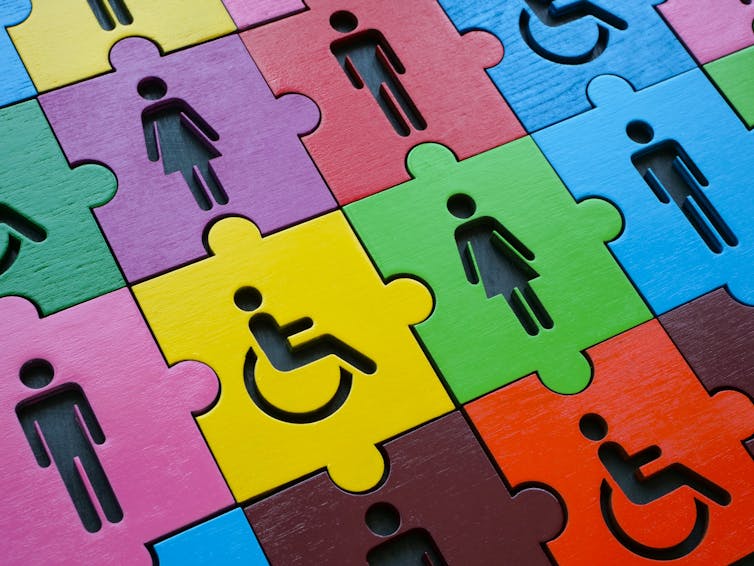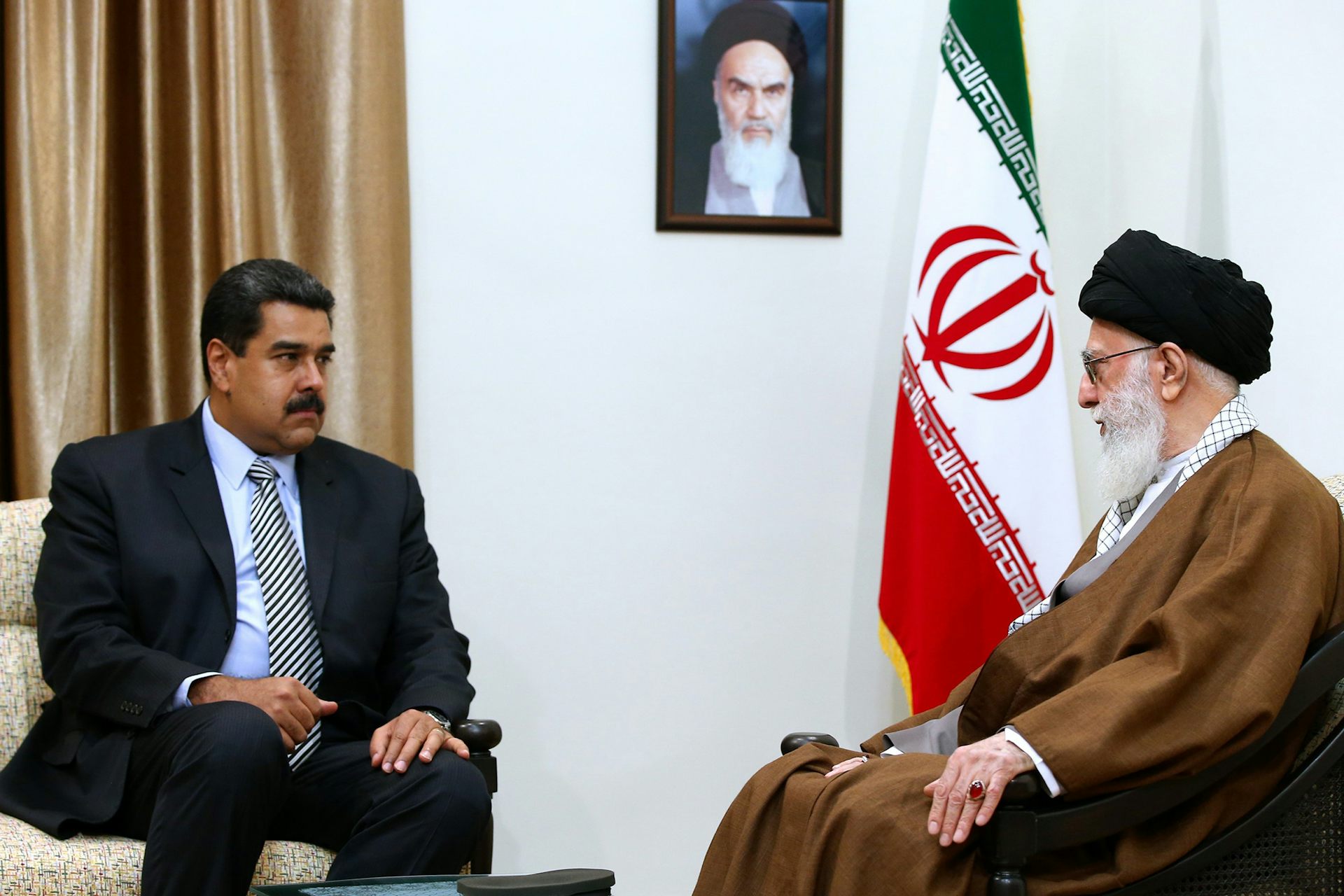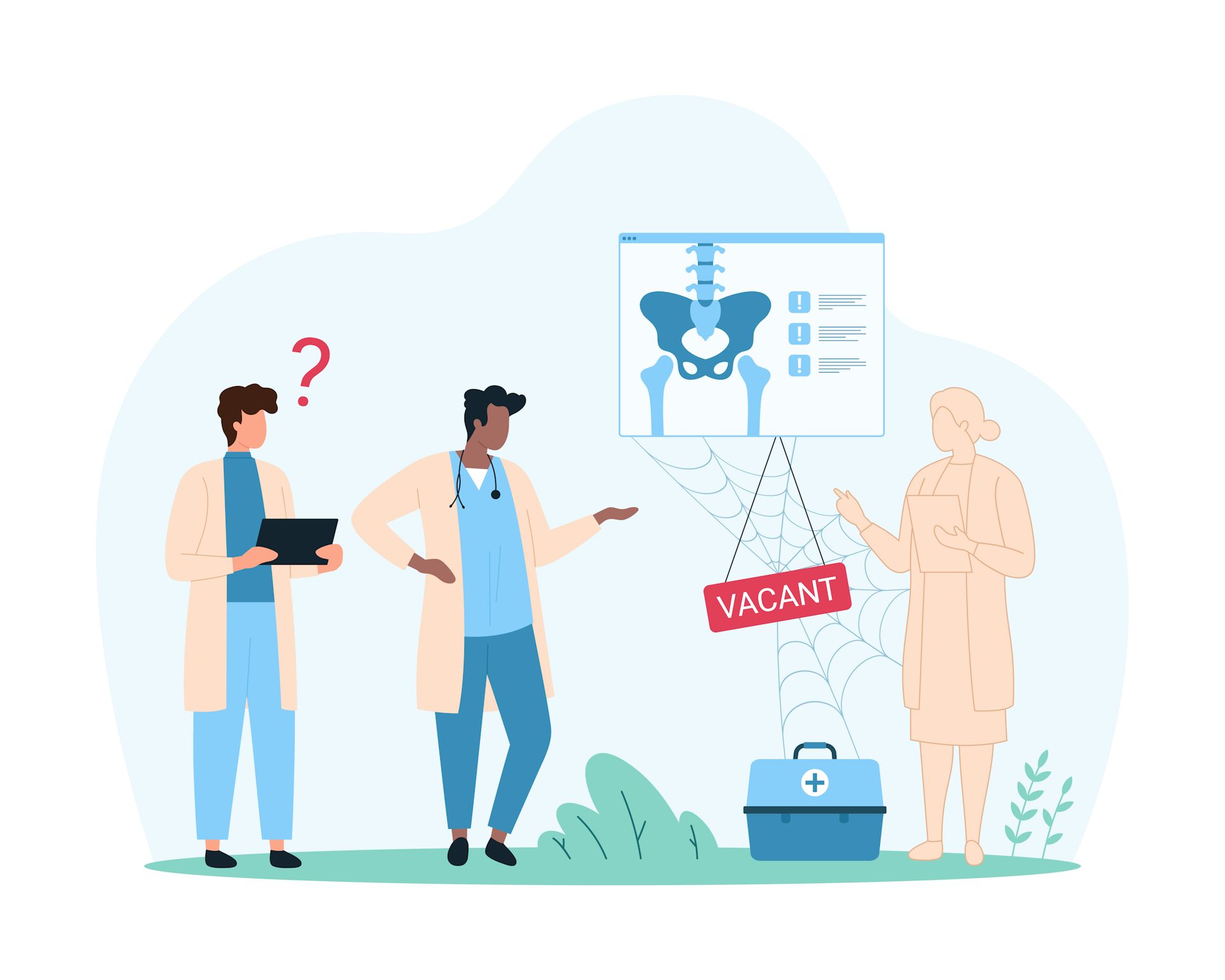Reducing diversity, equity and inclusion to a catchphrase undermines its true purpose
When used as an abbreviation, DEI’s role in tackling racism and bias becomes susceptible to political manipulation and dismantling.

Diversity, equity and inclusion, which has become the catchphrase DEI, represents a commitment to fairness and to tackling racism and exclusionary policies that limit access to resources and perpetuate injustice.
The Trump administration’s attacks on DEI frame efforts toward equity and fairness as illegal, wasteful, immoral and shameful.
However, unfair access to resources and opportunities remains a daily reality in American society.
Consider persistent disparities in housing, education and employment that prevent access to resources and opportunities based on race.
These inequalities are also evident in health care and the criminal justice system.
African Americans, for instance, make up approximately 13% of the U.S. population. But they account for 53% of exonerations after wrongful convictions.
As public health expert David Ansell argues in his book “The Death Gap: How Inequality Kills,” these disparities are not just a matter of quality of life but of life itself.
Where people are born and how they live shape their access to health care, education, nutritious food, stable housing and fair treatment within the justice system. This inequity, Ansell argues, creates a “death gap” where systemic barriers to opportunity and well-being shorten lives.
As professors focused on human development and education, we are committed to building fair and equitable living and learning opportunities for all students. We believe reducing diversity, equity and inclusion to a catchphrase or acronym undermines its importance and purpose to tackle the racism and biases that contribute to unfairness and injustice.
More than a single concept
DEI is more than an acronym or catchphrase. When diversity, equity and inclusion is reduced to a buzzword, it undermines its importance and the depth of work required to create inclusive spaces.
Each component of DEI represents unique aims and challenges.
Diversity is the practice of involving people from a range of social and ethnic backgrounds who hold varying perspectives. Diversity includes the meaningful and intentional inclusion of those who have been historically underrepresented.
Equity is the practice of being fair and just, especially in a way that seeks to address existing inequalities.
Equity means providing fair access to opportunities and resources for people who might otherwise be excluded. This includes those who have been underrepresented due to historical and contemporary biases.
This inequity is illustrated by education funding disparities where public schools attended by majority Black and Latino students receive less funding than majority white, affluent schools.
Inclusion is the state of being included within a group in a way that establishes a feeling of being welcomed and respected.
Broad benefits
Consider the racial diversity in your neighborhood. To what extent is it racially diverse?
People of color in predominantly white neighborhoods face discrimination. This includes encounters with police and other community members who question their presence within spaces that have historically been majority white. However, diversity and inclusivity within communities contribute to prejudice reduction and improved race relations.
DEI can broadly benefit society.
Imagine going to the local grocery store and the doors open automatically as you approach. Upon exiting, you push your shopping cart toward the sloped sidewalk designed to provide easy access to the road surface. Although the automatic doors and sloped sidewalk were designed for individuals with physical disabilities, these examples of DEI initiatives make everyday life better for everyone.
The danger of oversimplification
Reducing diversity, equity and inclusion to a catchphrase can lead to a superficial understanding and application of the concepts.
Some organizations incorporate DEI language into their mission statement without committing to deeper changes that promote equity and fairness.
In higher education, institutions may promote DEI initiatives while failing to address inequities in access and opportunity among students and faculty. Despite decades of stated commitments to DEI, predominantly white higher education institutions have made little progress toward racially diversifying their faculty, leadership or student body.

For example, 72% of U.S. college and university presidents and 72% of faculty identify as white. Yet white adults make up just 60% of the U.S. population.
Additionally, some organizations hire chief diversity officers without allocating resources or power to enact meaningful policy changes. Such superficial steps toward DEI squander its potential to transform higher education to truly advance diversity, equity and inclusion.
Backlash against DEI
DEI is also susceptible to political manipulation and dismantling.
More than 440 anti-diversity, equity and inclusion bills have been introduced in 42 states since the 2023 Supreme Court decision that ended race-conscious college admissions.
States such as Florida, Texas and Kentucky have recently introduced policies to dismantle programs aimed at promoting racial and gender equity in education and the workplace.
Meanwhile, in recent years DEI officers and advocates have lost jobs in higher education and other organizations.
DEI has become a scapegoat for political and systemic failures.
President Donald Trump, for example, blamed diversity, equity and inclusion for a Washington, D.C., plane crash that killed 67 people in January 2025. And Missouri is suing Starbucks, claiming the coffeehouse chain’s DEI policies are increasing wait times for orders.
Diversity, equity and inclusion is not about individual prejudice or emotions. It’s about addressing the systemic historical exclusions of people of color and other underrepresented groups – people who have not had fair and equitable access to resources and opportunities in America.
Linda Banks-Santilli is a member of the board of Horizons@LMS, a summer enrichment program focused on improving math and literacy for low-income students.
Detris Honora Adelabu and Felicity Crawford do not work for, consult, own shares in or receive funding from any company or organization that would benefit from this article, and have disclosed no relevant affiliations beyond their academic appointment.
Read These Next
Cuba’s leaders just lost an ally in Maduro − if starved of Venezuelan oil, they may also lose what r
Conditions on the ground in Cuba are so grim that the Trump administration thinks Havana could fall…
Congress takes up health care again − and impatient voters shouldn’t hold their breath for a cure
Why does health care reform keep failing despite decades of attention and expanding costs? A scholar…
Today Venezuela, tomorrow Iran: can the Islamic Republic survive a second Trump presidency?
Perhaps no one outside of Venezuela should care more about the US invasion and capture of President…





